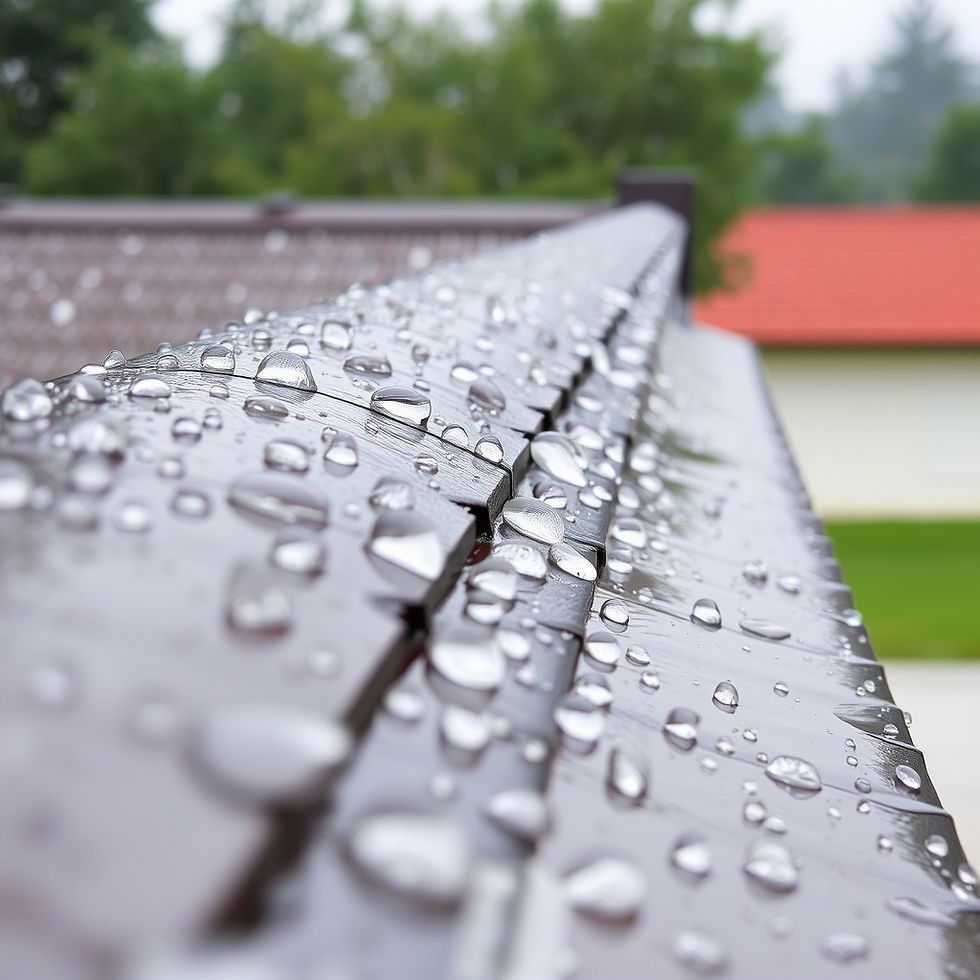Arkema, AkzoNobel, and Omya collaborate to develop low-carbon paints aimed at widespread market adoption.
- irl
- Apr 30
- 2 min read
Arkema, AkzoNobel, and Omya have joined forces to create a range of sustainable decorative paints featuring a carbon footprint reduction of 30% or more, without compromising performance. Aimed at mass market adoption, the project also sets the stage for future advancements, targeting up to a 50% reduction in carbon emissions.
"As the industry actively works on decarbonising its value chain, we wanted to collectively accelerate the development of next-generation paints to meet increasing industry and consumer demand, Green Deal regulations and green building certifications. The common objective of mainstreaming lower carbon footprint solutions has driven our efforts " Julie Haevermans is the Chief Marketing Officer at Arkema Coating Solutions.
The new formulation brings together innovations from three global leaders in the coatings industry, incorporating raw materials with up to 40% circular content. Key contributions include:
Arkema: Supplying bio-based and bio-attributed binders and additives
Omya: Providing CaCO₃ minerals that enhance opacity and contribute recycled content
AkzoNobel: Applying advanced formulation expertise to optimize the recipe and reduce reliance on high-carbon materials like TiO₂
To speed up development, the partners also employed high-throughput laboratory automation and cutting-edge AI tools.
"Thanks to advanced lab automation and AI-driven experimental design, commercially relevant paint formulations with considerably reduced carbon footprints were achieved within a short time – with clear indications that even further reductions are possible going forward. Key to success is the willingness of companies along the value chain to work together in an open and collaborative way.” Philipp Mueller, Vice President Construction at Omya
"This work demonstrates the potential to develop lower carbon footprint paints whilst maintaining performance in brightness, yellowing resistance, and wet scrub resistance. These advances are another step in paving the way for widespread adoption and external recognition, which will help shape the future of lower carbon footprint paints and coatings.” David Williams, Chief Innovation Officer at AkzoNobel
Source: AKREMA





Comments